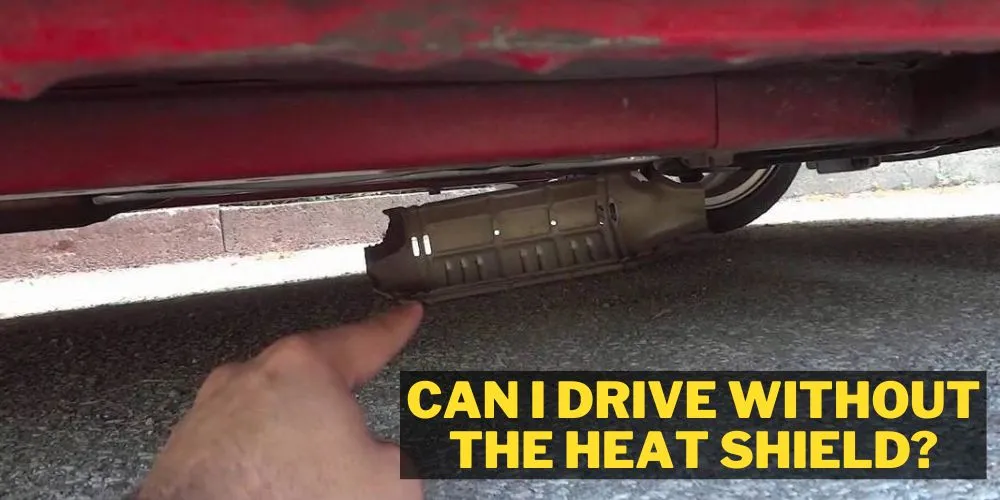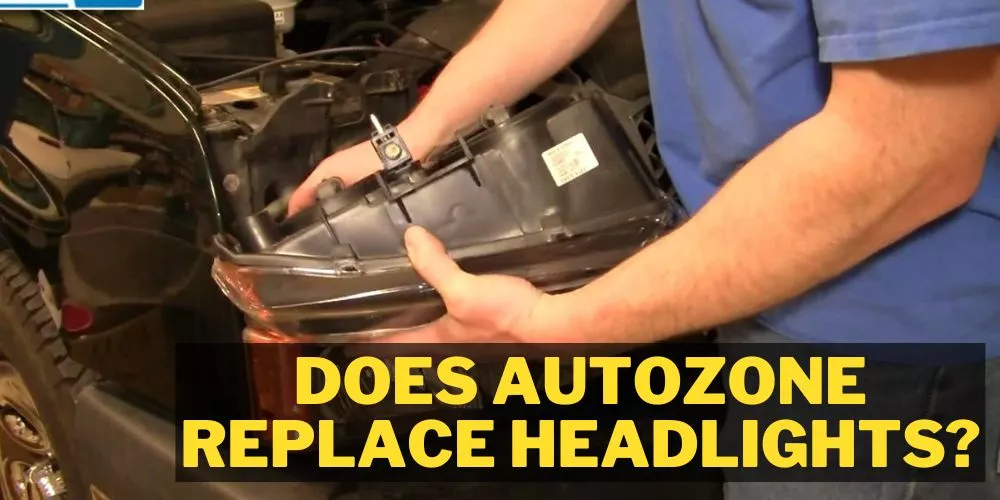Witnessing smoke coming from oil cap may ignite fear and raise questions about the overall health of your vehicle. This phenomenon, though seemingly disturbing, is not an uncommon one.
However, it can indicate a range of underlying issues – from benign to severe.
This article aims to demystify this smoke signal from your engine, exploring the reasons behind it, potential damages, and proactive steps for rectification.
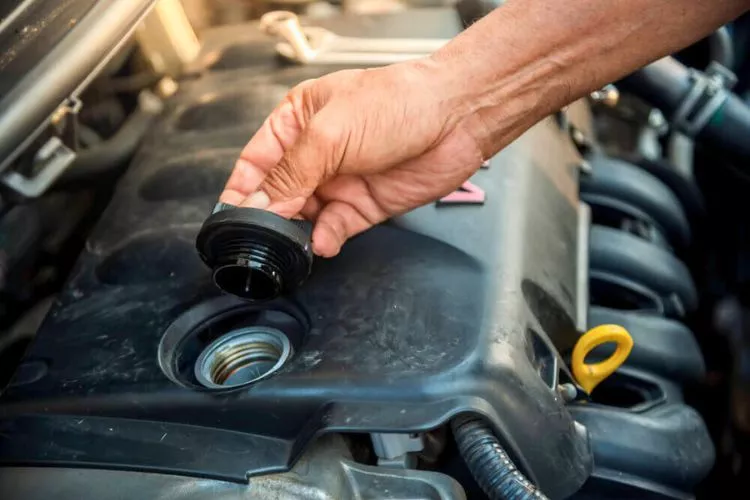
Here is an in-depth exploration to arm every driver with indispensable knowledge about smoke from an oil cap.
Contents
Smoke coming from oil cap: All You Need To Know
Understanding why your oil cap emits smoke can provide critical insights into the health of your vehicle’s engine. Let’s delve deep into the most likely reasons and their implications.
What Can Cause the Smoke?
Delving deeper, various factors can induce smoke emission from your oil cap. Here are the expanded points:
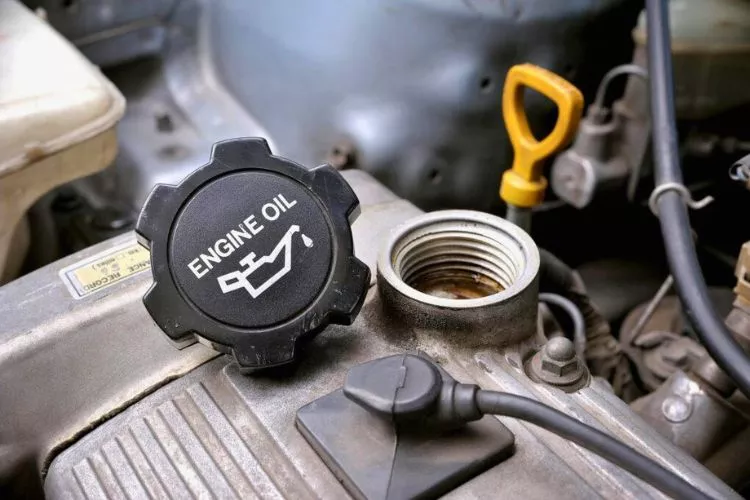
Engine Overheating
A hot engine can take the heat beyond the oil’s boiling point, causing it to vaporize into smoke.
- Why does it overheat? Overheating could be due to a damaged water pump, a blown head gasket, or a plugged radiator.
- What does it mean? Overheating not only imbibes the risk of engine damage but also raises chief concerns when you observe smoke from the oil cap. Overheated oil can deteriorate faster, posing potential risks to engine parts.
Blow-by
When gases from the combustion process sneak past the pistons and reach the crankcase, we refer to this phenomenon as “blow-by.”
- Causes of Blow-by: Blow-by often occurs when the piston rings, designed to provide an airtight seal, wear out or are damaged. Such wear and tear can also indicate the engine’s aging.
- Impact of Blow-by: This can increase the pressure within the engine’s oil pan, pushing out oil particles that can form smoke when they reach the oil cap.
Faulty PCV (Positive Crankcase Ventilation) System
The PCV system goes hand-in-hand with the combustion process, relieving the engine’s crankcase of pressure produced during operation.
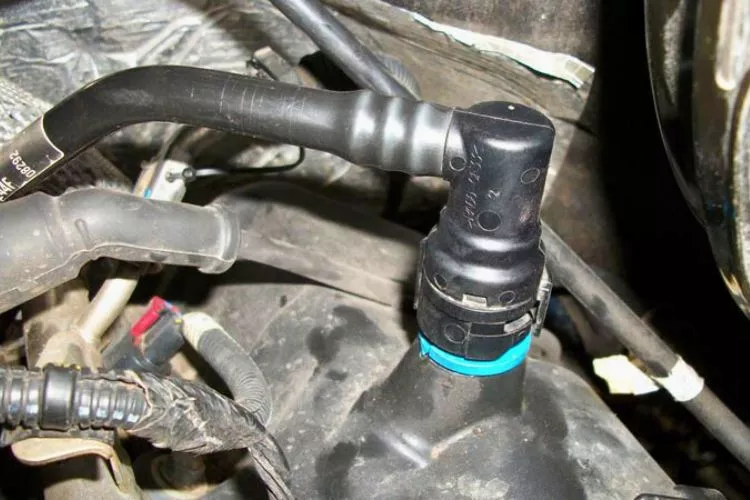
- Malfunctioning PCV System: If it fails or is blocked, it can’t properly eliminate this pressure. As a result, pressure mounts in the oil pan, forcing oil particles upwards that can heat into smoke.
- Implications of a Faulty PCV System: A malfunctioning PCV system can lead to oil leaks, decreased fuel efficiency, and increased exhaust emissions. This smoke exiting through the oil cap could indicate these issues.
Understanding these key factors is instrumental in comprehending why smoke may arise from your oil cap and defining subsequent steps to address it.
Condensation
While overheating, blow-by, and a faulty PCV system are serious factors causing smoke from the oil cap, condensation is another often overlooked cause.
Condensation refers to the process where water vapor turns into liquid. Under certain conditions, the temperature difference on the inside and outside of the oil cap can lead to the formation of water condensate.
Over time, this accumulated moisture can mix with the oil, creating steam when the engine gets hot. Thus, what appears to be ‘smoke’ could be this steam.
Normally, this is not a major concern. The vapor should disappear as the engine warms up and evaporates the moisture. However, if it persists, it could indicate more serious issues, like coolant entering the oil system.
How Serious Is It?
The severity of the problem depends on the underlying cause.
- Minor Problem: In some cases, especially in colder weather, condensation can accumulate inside the cap, causing a small amount of steam or ‘smoke’ to appear when the cap is removed. This is generally not serious.
- Major Problem: Constant and thick smoke, however, can indicate severe engine problems. If the smoke is accompanied by poor vehicle performance, it could mean trouble.
Possible Damage
Prolonged ignoring of these symptoms can cause engine damage. Potential harm includes:
- Engine Wear and Tear: Blow-by or a faulty PCV system can cause sludge and carbon build-up, leading to faster engine wear.
- Poor Vehicle Performance: Performance parameters, like fuel economy, emissions, and engine power, may degrade when these issues persist.
Steps for Rectification
If your vehicle’s oil cap is emitting smoke, don’t panic. Instead:
- Check the condition of the oil: Clear, amber oil is typically in good health, while cloudy or dirty oil could indicate an issue.
- Inspect the PCV Valve: A clogged PCV valve is a common cause of smoke. You may need to clean or replace it.
- See a professional: If you cannot pinpoint the cause, it’s best to consult a professional mechanic. They can further diagnose and rectify the problem.
Understanding and addressing the smoke from your oil cap ensures your vehicle maintains optimal performance.
Smoke Coming from Oil Cap When Removed
When the oil cap is removed, the sight of smoke or steam can raise concerns but doesn’t always indicate a problem.
- The Phenomenon Explained: This tends to happen when the engine is running or just after it has been turned off. The high temperature of the internal engine components can cause oil to heat up and evaporate, thus creating smoke.
- Condensation: Condensation can form inside the oil cap in colder weather or short trips. When the cap is removed, and the engine is still hot, the condensation can turn to steam, which can be mistaken for smoke.
- Signs of Problems: An oil-burning smell accompanying the smoke may indicate oil leaks. And if associated with poor engine performance, it may be related to worn or damaged components.
Smoke Coming From Oil Cap – BMW
For BMW vehicles, if smoke comes from the oil cap, the probable causes remain similar to any car. However, specific to BMWs, common issues might be:
- Crankcase Vent Valve: BMWs are known for the common breakage of the crankcase vent valve (also referred to as an oil separator). If this part fails, it can increase pressure in the crankcase, resulting in smoke emanating from the oil cap.
- Valve Stem Seals Wearing Out: In certain BMW models, notably the N62 engine, there are instances where premature wearing of valve stem seals can occur. This can lead to oil leaks into the combustion chamber, causing smoke to emerge from the oil cap.
- Next Steps: As a BMW owner, if you observe smoke constantly emerging from the oil cap, paired with symptoms like decreased engine performance or a drop in fuel economy, it would be wise to consult a BMW specialist or professional mechanic to get a precise diagnosis.
Remember, the smoke coming from the oil cap can be a symptom of various issues, from minor to serious. But, it’s always prudent to address it promptly to ensure your vehicle’s longevity and efficient operation.
Is a little smoke from oil cap bad?
A small amount of smoke from the oil cap might not necessarily indicate a serious problem. It could be due to condensation, which forms inside the oil cap and turns to steam when the engine heats up.
In this case, the steam should disappear as the engine warms up and should not be a cause for major concern.
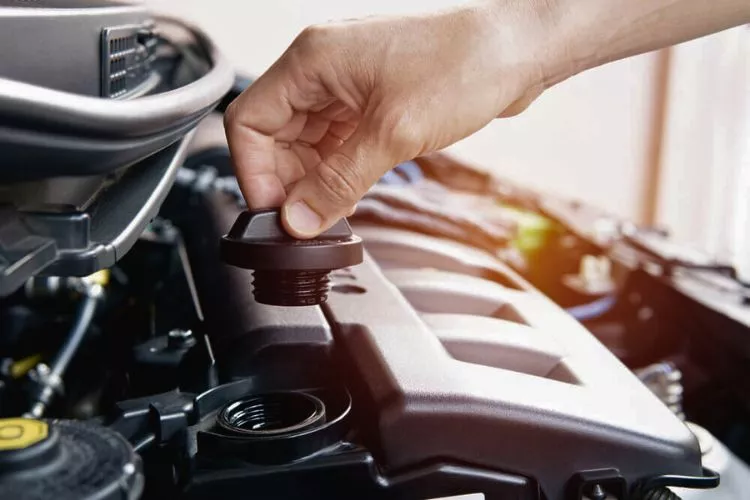
However, suppose the smoke is constant, accompanied by an oil-burning smell or other signs of poor engine performance. In that case, it’s best to have the vehicle checked by a professional mechanic to diagnose and address any potential issues.
What does it mean when your oil is smoking?
When your oil is smoking, it could indicate an underlying issue within the engine. Common reasons for smoking oil include engine overheating, a faulty Positive Crankcase Ventilation (PCV) system, or a blow-by caused by worn-out piston rings.
Persistent smoking oil may lead to increased engine wear and tear, lower fuel economy, and poorer vehicle performance. It’s crucial to identify and address the problem’s root cause to protect your engine from potential damage. Consulting a mechanic for a proper diagnosis and rectification is advisable.
Why does smoke come from oil cap after overheating?
Smoke emanating from the oil cap following engine overheating can be attributed to oil reaching temperatures beyond its boiling point. In such instances, the heated oil evaporates rapidly, creating smoke from the oil cap.
Overheating can occur due to various factors, like a damaged water pump, a blown head gasket, or a clogged radiator.
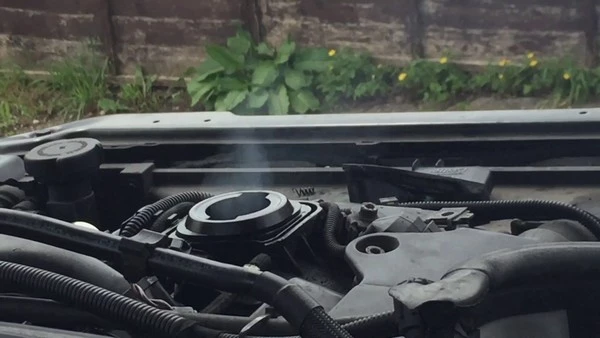
Persistent overheating heightens the risk of engine damage and potentially affects engine components that have prolonged exposure to over-heated oil. Upon noticing such smoke, it’s essential to address the root cause of the overheating to prevent further engine damage.
Conclusion:
Observing smoke emitting from your oil cap can be unsettling, raising alarms about potential engine issues. Whether it’s due to engine overheating, a faulty PCV system, blow-by, or simple condensation, it’s crucial to identify the underlying issue promptly.
While minor smoke might be harmless steam, persistent smoking can signify more serious problems warranting immediate attention.
As such, regular engine maintenance and consultation with a professional mechanic are essential to ensure the longevity and efficiency of your vehicle. Never ignore the smoke – your vehicle’s ‘cry for help’ could be a vital sign of a bigger problem waiting to happen.

